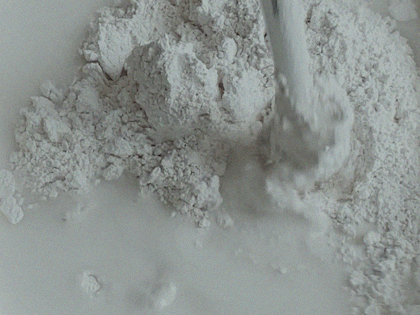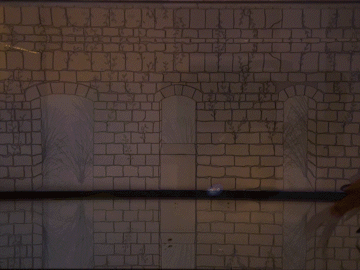Sebastia Disagreement
This project focuses on the events that led to the illegal occupation of the Masudiya station by Gush Emunim on several occasions between 1974 and 1975. The civil society organization signed the Sebastia agreement with the Israeli government at the end of '75. The government moved the settlers near the military zone and the temporary settlements expanded into settlements of a permanent nature. This pattern was replicated in other settlements in the northern West Bank. Therefore I extract several a word to analyze this event: occupation.
The project will ultimately respond to the keyword with objects, a short film. Faced with such a complex event and a challenging site, I try to confront not the solution of the problem, but by addressing the event itself, by using spatial language to help to build local narrative identity.
From a physical point of view, the act of occupying space interacts with the land, the existing space, in various ways. The shovel plunges into the land, swings the earth into the sky, and the ground goes from solid to void to solid to be constantly replicated. In the process of making a poured object, the hand reproduces the action of occupation: measuring, cutting, digging, filling, liquid curing, demolishing and replicating. In the process of constantly producing positive and negative shapes, the occupation and the occupied appear and disappear as the opposite of reality. The violent traces of the hand are recorded on the object and captured by the camera. The instruments of occupation are not instruments, but a fact.
SPATIAL OCCUPATION
The taking is not only of space but also of memory. Zaid, a local resident, mentioned in an interview that the station played a very important role in the life of the local farming community and that local farmers often used the natural environment and space of the station for events such as farmers' markets, until the new checkpoint. This was just one of the invasive events that reshaped the lives of the local population. The same type of event is repeated in various parts of the West Bank. The film attempts to tell the story of memory through multiple media. By using applied space to help to build local narrative identity. Narrative identity is the internalized and evolving story of the self that a person constructs to make sense and meaning out of his or her life. In the previous studio workshop, some guests emphasized the existence of the village by fixing a camera on a kite and obtaining ground information to form a local map. Inspired by this lecture and the oppressed theater, I think the existence of a region can not only be ensured by mapping, but also through discourse. The space, as a witness to everything, will be used in the process of storytelling.





